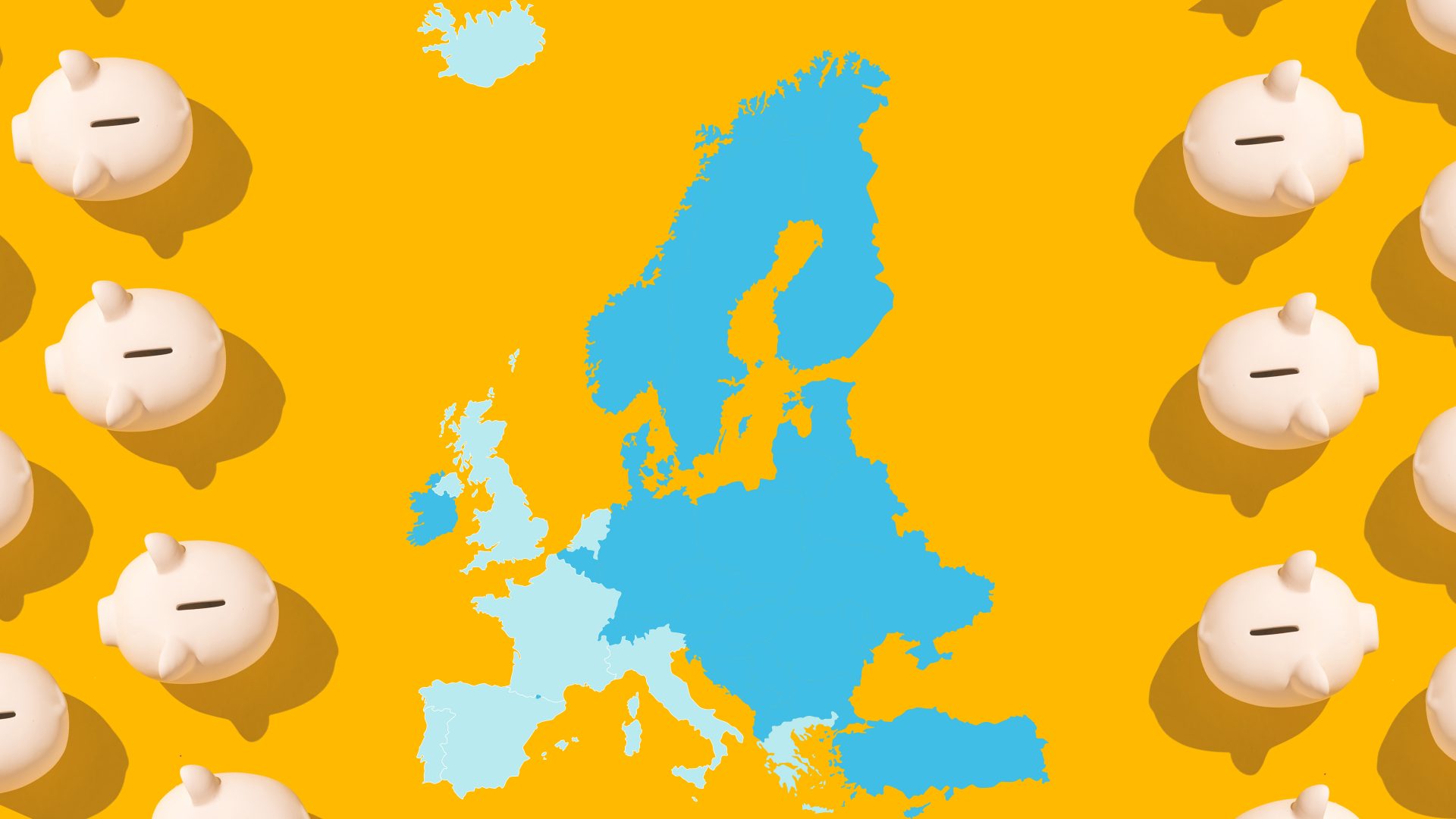Iceland
Iceland’s pension system is rated by CNBC as the best in the world and yet remarkably it only spends 2.6% of GDP on retirees, the smallest amount in Europe. Pensioners are entitled to the full ellilífeyrir payment if they’ve lived in Iceland for 40 years. Retirees can apply for a basic pension, a pension supplement and a household supplement and all amounts are based on income. The regular pension age is 67, unless you have worked at sea for 25 years, in which case it’s 60.
UK
Liz Truss was committed to maintaining the triple lock on pensions, meaning that payments would rise with inflation (now over 10%). If Rishi Sunak sticks with that promise, it will cost Britain £11bn. The government only spends 5.6% of GDP on the pensions system, and in normal circumstances that wouldn’t feel excessive. However, inflation is still rising and recession is shrinking the government’s coffers. Sunak is looking for cuts to help plug the huge gap in the government’s accounts. He might see ditching the triple lock as a way of saving money.
Portugal
To offset the effects of inflation, the Portuguese government recently introduced a pension support payment equivalent to 50% of the normal monthly payment – this will go to more than 2 million pensioners. The government spends 12.7% of GDP on retirement benefits, and the population is getting older, meaning that pension costs will continue to rise. A report last year suggested that Portugal’s pensions system is unsustainable and that it could even “run out” by 2030.
Spain
Earlier in October, Spain put €2.9bn (£2.5bn) into its state pension reserve fund, which is there to pay pensions when the finances are under pressure. The government hasn’t had to make a transfer like this in 13 years. Spain’s system has been in trouble ever since the crash of 2008, when it had to use the reserve fund to pay retirees. Spain introduced a tax on contributions in 2021, but it didn’t help. The government still spends 10.9% of GDP on a pension system that looks to be in trouble.
Italy
The most generous country in Europe and the OECD, Italy spends the equivalent of 15.6% of GDP on pensions. Giorgia Meloni, Italy’s new PM, has promised to protect the generous pension system, but that means having enough people of working age to create the economic activity to pay for it. In other words, Italy needs immigrants – the very opposite of Meloni’s core political message.
Netherlands
The retirement age is increasing to 67 as part of reform to the pensions system, which currently costs 5.1% of GDP. New legislation was planned for 2021, but delayed. It was delayed again last month, and is now expected in 2023. The new rules will mean pension funds will no longer give assurances on the size of pension payments, which will instead vary with economic conditions.
France
The French system provides retirees with 50% of earnings, but capped at €41,135 (£35,445). That scheme costs 13.5% of GDP and Emmanuel Macron is determined to reform it, announcing recently that he will produce new legislation by Christmas. The unions, always up for a fight, don’t like the sound of it. They’ve already forced Macron to ditch plans to raise the retirement age from 62 to 65. Polls show that plans to reform the system are broadly unpopular.
Greece
The second most expensive pension system in Europe, Greece spends 15.4% of GDP on its retirees – a fifth of the population is over 65. The pensions system was scaled back after the 2008 Greek economic crisis. That led to legal challenges and in 2020, the government was ordered to pay back €1.4bn (£1.2bn) to Greek pensioners. Despite the huge cost, the average Greek will have a modest pension of around €18,000 (£15,500).



